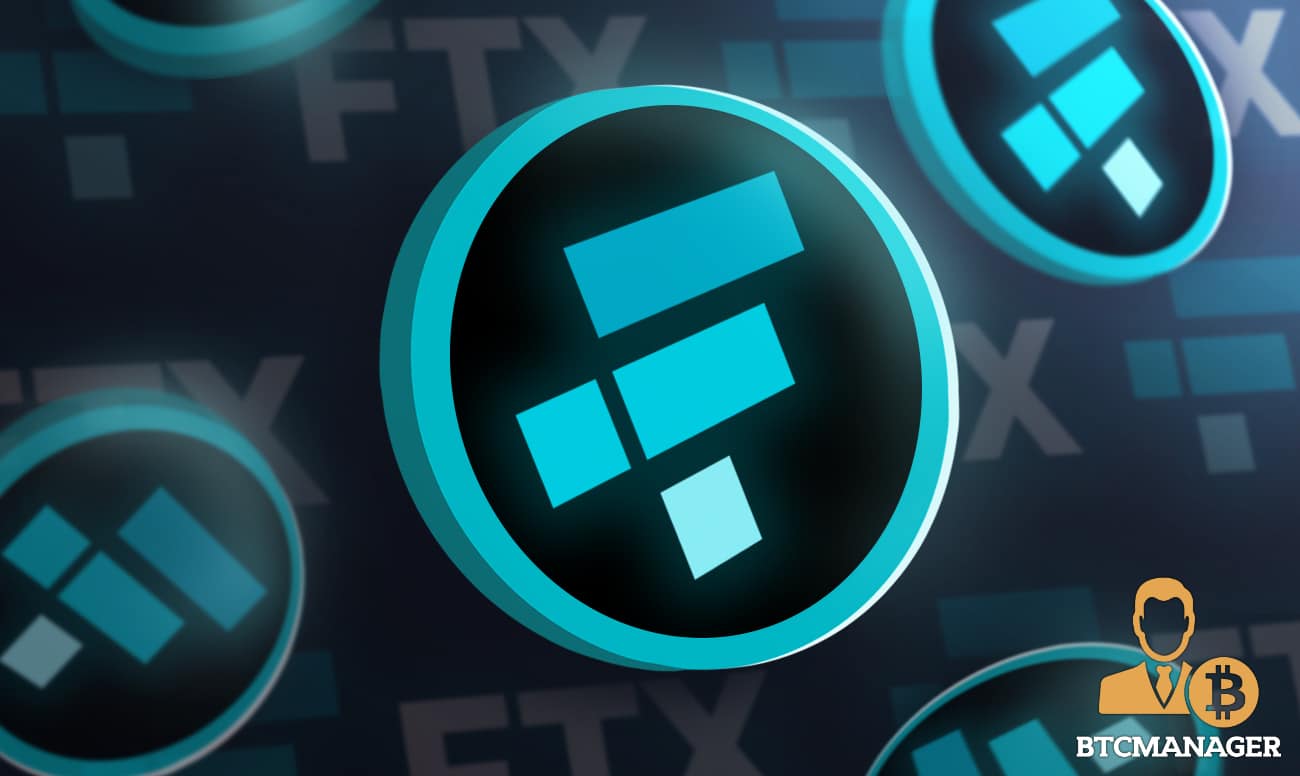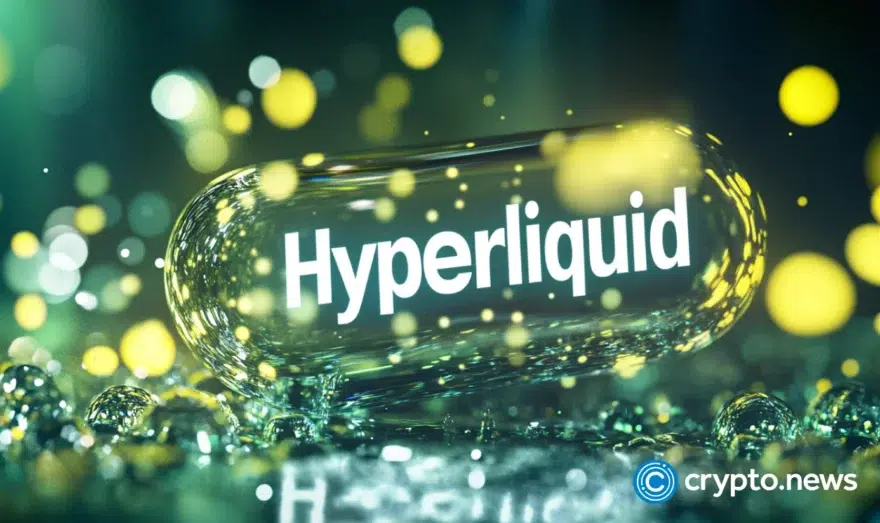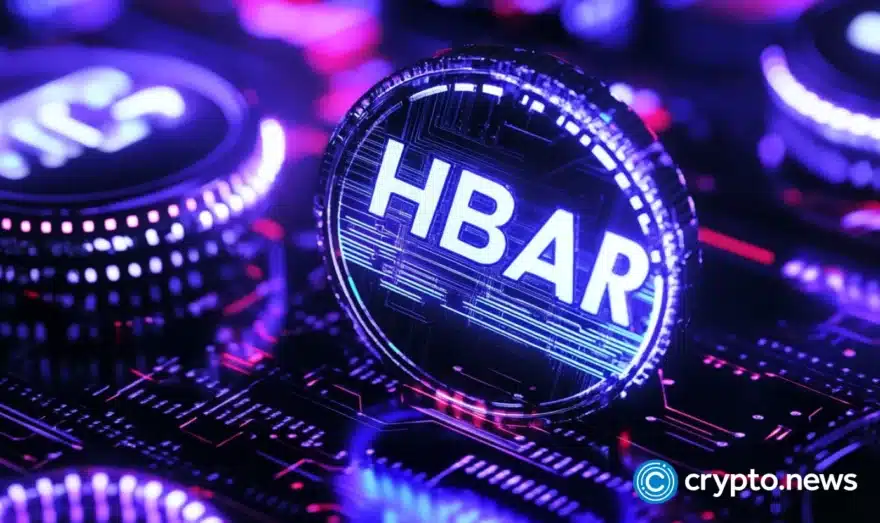Altcoin Explorer: FTX (FTT) – Built By Traders, For Traders

Yes – it’s another trading platform. No – it is not just any trading platform.
A trading platform that was built by traders – for traders. FTX provides new-age products and services that include innovative derivatives, options, leverage, and of course – volatility products. The company aims to develop a base that is powerful enough for pro-trading companies and with an interface that is intuitive enough for newcomers.
Story
The FTX team comes from leading Wall Street quant funds and tech companies: Jane Street, Optiver, Susquehanna, Facebook, and Google. The traditional secondary market is the companies bread and butter. The management has backgrounds in equity derivatives trading; they understand both how derivatives are traditionally designed, and what derivatives there is market demand for.
Sam Bankman-Fried (CEO) used to be a trader at Jane Street Capital, a company that uses quantitative strategies to trade equities, bonds, and ETF markets. He founded FTX in May 2019 with ex-Google software engineer Gary Wang. They wanted to build a platform with an interface and functionality suitable for both pro and new traders.
After launching operations in May 2019, FTX got the attention of the whale of the industry Binance that ended up purchasing the shares of the company in December 2019 as well as taking a long position of FTT – the platforms token.
Just about a month ago, in July 2021 FTX bought back its shares from Binance that ended their investment relationship.
“I think there are some differences between how we run our businesses. We recently repurchased shares from Binance to buy them out of our cap table,” Bankman-Fried said. “I think it just makes sense given the role that our businesses are playing in the space. It can also give us more flexibility going forward.”
The 2-year-old exchange secured last month a whopping $900 000 000 from investors such as Sequoia, Paradigm, Softbank, Paul Tudor Jones, and legendary NFL quarterback Tom Brady, in its last funding round which made it the largest ever achieved by a crypto exchange, valuing FTX at a cool $18 billion.
The initial buy and sell prices are not being disclosed. But FTX was worth only $1.2 billion barely a year ago and is now worth $18 billion—a 1,400% increase.
FTX developed into a platform that has more than 1000 000 users with an average volume of $10bn in trades per day.-
What’s New?
Currently, there doesn’t exist a way to short or put on leveraged positions on many spot exchanges. Traders have to trade on margin or futures exchanges like Bitfinex, Okex, and Bitmex. This can be more complicated for retail traders because they need to deal with funding rates, borrowing costs, and constantly have to monitor their positions to avoid being margin called. Not only that, traders are also exposed to the risk of losing significant funds, especially given high-profile failures of liquidity we’ve seen on futures exchanges recently.
Leveraged Tokens allow traders to take short or leveraged positions without having to trade on margin or futures exchanges. Say a trader wants to 3x short bitcoin. They can simply buy a 3x short bitcoin leveraged token on FTX. This process is as easy as buying BTC or ETH on a spot exchange. FTX offers 3x, -1x, and -3x leveraged tokens for BTC, ETH, XRP, EOS, USDT, BNB, TRX, LEO, and BCH, and looking to add more in the future. With these tokens, traders can put on leveraged tokens in a more capital-efficient way, requiring none of their assets to be stored in a margin wallet.
Leveraged Tokens are ERC20, which means they can also be listed on other spot exchanges. This enables spot exchanges to offer inverse price action and leverage positions to their customers without needing to implement their own margin trading and liquidation engine.
Preventing Clawbacks
Current futures exchanges have frequent large clawbacks leading to losses in the millions of dollars due to poorly designed risk management systems. FTX significantly reduces the likelihood of clawbacks from ever occurring by using a three-tiered liquidation model.
The exchange first closes positions down carefully with rate-limited liquidation orders in the market.
FTX has a unique backstop liquidity provider program that jumps in to provide to accounts in danger of bankruptcy.
The platform leverages the backstop liquidity fund to prevent customer losses.
About the FTX token (FTT)
The local “utility” token of the FTX blockchain is the FTT. It can be used as collateral for trading on the platform and pays out a share of profits on the insurance fund that supports futures trading. Depending on the amount held, holdings of at least $100 worth provide discounts on trading fees
In March 2020, FTX sold up to 15 million FTT tokens which conveyed an equity interest in the company to its holders. Tokens were initially sold for $2.00 per token and are currently trading around $32 which is half of its ATH. There are no voting rights attached to the tokens. There are a total of 350,000,000 FTT tokens in existence, and no more will be created.
Summary
FTX expanded its range last year, offering to trade on tokenized shares, contracts on pre-IPO shares and even prediction markets allowing traders to speculate on events such as the outcome of the US election – some 200 million contracts traded hands on the event. On May 15, 2021, Sam Bankman-Fried tweeted that FTX is offering binary options that payout if Brazilian President Jair Bolsonaro is re-elected in 2022.
It plans to use the funds raised to develop other services including payment processor FTX Pay, a service allowing users to loan out crypto assets known as FTX Liquidity and an NFT business.
“As crypto becomes more ubiquitous, FTX has the opportunity to build a next-generation financial services brand, spanning exchange, payments, and many other categories to come,” said Nick Shalek, general partner at Ribbit Capital.
As COO of FTX US, Sina Nader would say:
“I think in crypto, there are three things that matter, and that’s trust, compliance, and execution.”













